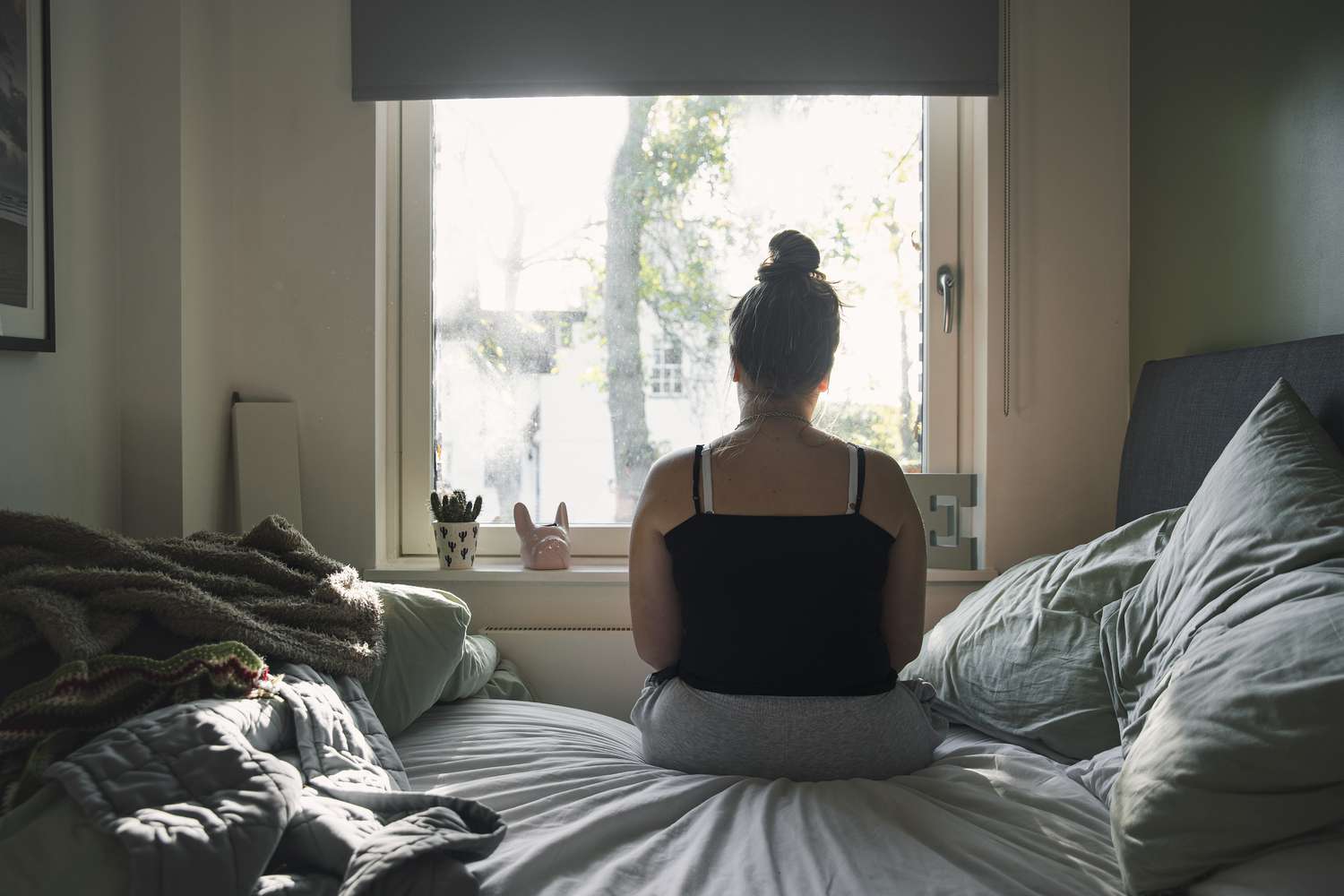Experts Share 5 Necessary Changes to Combat Increasing Depression Rates

New data from Gallup reveals that depression rates in the United States have reached an all-time high. A recent Gallup poll reported that 29% of Americans have been diagnosed with depression at least once in their lifetime, which is almost 10 percentage points higher than in 2015.
The data shows that the mental illness is affecting younger people and women at significantly higher rates. Individuals aged 18 to 29 have a depression rate of 34.3%, while those aged 30 to 44 have a rate of 34.9%. Moreover, more than one-third of women (36.7%) experience depression at some point in their lifetime.
Experts have pointed out that the pandemic has played a role in these rising numbers, but other factors have contributed as well. Some of these include genetics, environmental stressors, biochemistry, and personality differences. Additionally, people with jobs that expose them to daily trauma or repetitive traumas are also at a greater risk of developing depression. Such jobs include those of first responders, law enforcement, medical staff, teachers, and social workers.
The first signs of depression start appearing in a patient's mid-twenties, and the condition often goes undiagnosed for years because of stigma attached to it, lack of access to care, and other factors.
Experts emphasize that the rising depression rate cannot be attributed solely to people's growing openness to discuss mental health. Important realities such as social isolation, lack of access to essential needs, and mental healthcare must not be overlooked.
“We are experiencing relational poverty,” said licensed mental health counselor Elisabeth Gulotta. “COVID and technology both have eroded connection in a way that creates isolation and separation." Healthcare disparities and barriers to access also contribute to increasing depression risk.
Dr. Laura Erickson-Schroth points out that youth of color, particularly American Indian/Alaska Native youth, have the highest rates of suicide of all racial or ethnic groups. Furthermore, the suicide rate for Black youth has doubled over the past decade. She stresses the need to decrease racial discrimination and violence and improve access to culturally competent care.
Experts recommend nurturing social connections, meeting essential needs, and addressing sources of stress to decrease depression rates. “Connection to community, access to essential needs, and addressing sources of stress all help to decrease depression,” said Dr. Erickson-Schroth.
The Surgeon General has also warned about an "epidemic of loneliness" in the U.S. and emphasized the need to spend time in person with friends, especially for individuals ages 15 to 24.
“Humans are social creatures, and research shows that social isolation and loneliness are risk factors for poor mental and physical health—depression, anxiety, substance abuse, suicide, and earlier death from all-cause,” she added.
Interestingly, living in a city may help promote more social connections. One study found that on average, people have more contacts across a greater variety of functions when they live in larger cities. What’s more, these increased opportunities for socialization could be protective against depression.
“Connection is the key to emotional well-being,” says Dr. Erickson-Schroth. “When...people feel connected to friends, family, or their [community], they are less likely to struggle with their mental health.”
In order to fight rising depression rates, Dr. Erickson-Schroth emphasized that the country needs to ensure that everyone has their essential needs met.
“Young people are facing record levels of stress,” she said. “Currently, nearly three in five college students face some sort of essential needs insecurity, including housing instability, food insecurity, or lack of access to affordable healthcare.”
Likewise, debt and financial stress have been linked to depression, while deaths by suicide increase during financial crises, she noted. “To make matters worse, one of the top reasons people don’t seek out mental health help is because of finances.”
While the United States has come a long way in speaking more openly about depression and other mental health conditions, there still is work to be done in order for that stigma to go away.
Talking openly adds an extra layer of connectivity within the mental health space.
When people know how widespread depression is, they are less likely to feel alone. They also can learn that while depression is a serious illness, it can still be treated.
“I think that continuing to cultivate conversation around mental health—normalizing and de-stigmatizing it as well as making services more accessible—will continue to help,” encouraged Gulotta.
Because people diagnosed with depression often have multiple needs for medications and interventions, it is important that healthcare providers and mental health providers collaborate, Dr. Lam noted.
Not only could this potentially reduce rates of depression, but it also has been shown to improve patient health, enhance their quality of care, and lead to satisfaction.
This approach involves the widespread implementation of a collaborative care model for the management of depressive disorders. Through the use of a model like this, routine screening and diagnosis of depressive disorders would improve and result in earlier treatment. In fact, research shows that outcomes for depression with a collaborative care model were better than primary care treatment only.
For many people, access to mental healthcare is their biggest barrier to getting the treatment they need. Either people do not have health insurance coverage to pay for treatment or they cannot afford the fees involved. Additionally, some areas of the country are lacking mental health professionals and services in general, explained Debus.
“There also is still a gap in psycho-education, particularly for family members who do not know how to navigate mental health systems and get help and support for loved ones,” Gulotta pointed out.
Other factors that can limit access include lack of transportation or childcare, language barriers, logistical challenges, and stigma-related belief systems. Even long waiting times for treatment, beliefs about self‐sufficiency, and concerns about privacy can limit access.
For this reason, experts believe that when mental healthcare in the U.S. becomes more readily available to those who need it, we are likely to see declining depression rates. But right now, the shortage of mental health professionals is making it more difficult for individuals to find and receive adequate care, clarified Debus.
Dr. Lam concluded, “On a societal level, we need to continue to increase mental health resources, reduce stigma related to mental health issues, provide more equitable access to care, [increase] education so people can address their mental health issues proactively, and address issues like racism, sexism, and economic disparity since chronic stress amplifies depression risk.”




